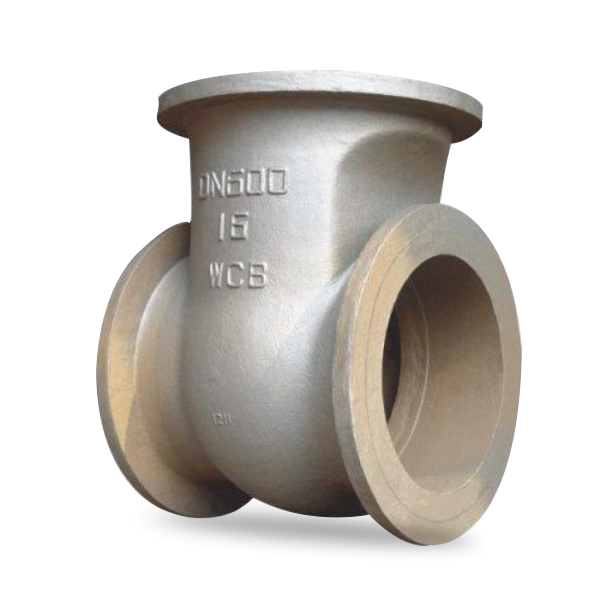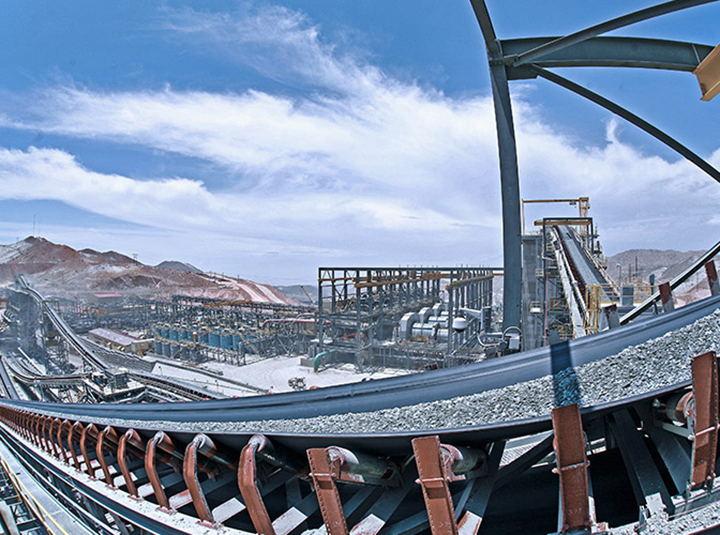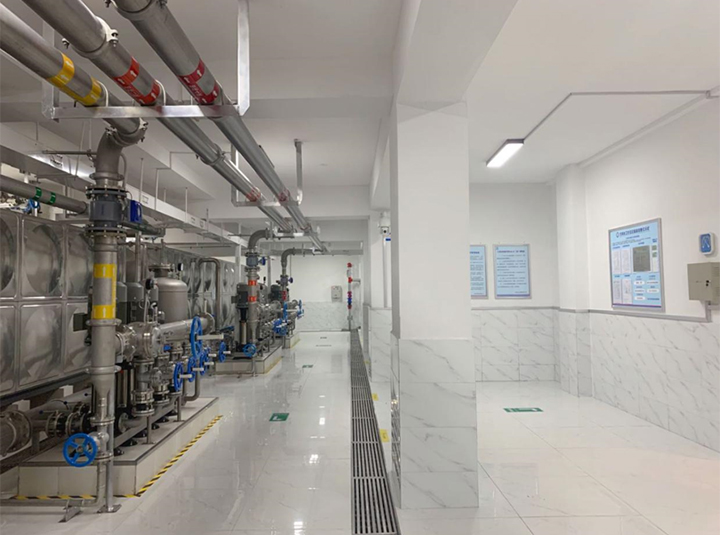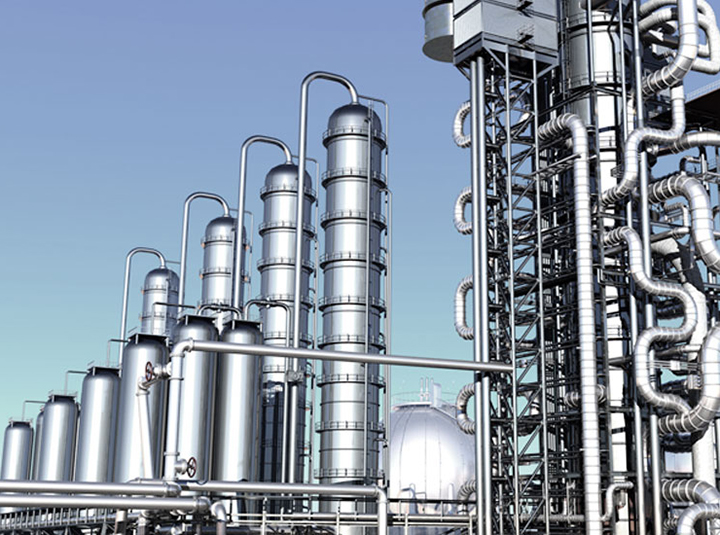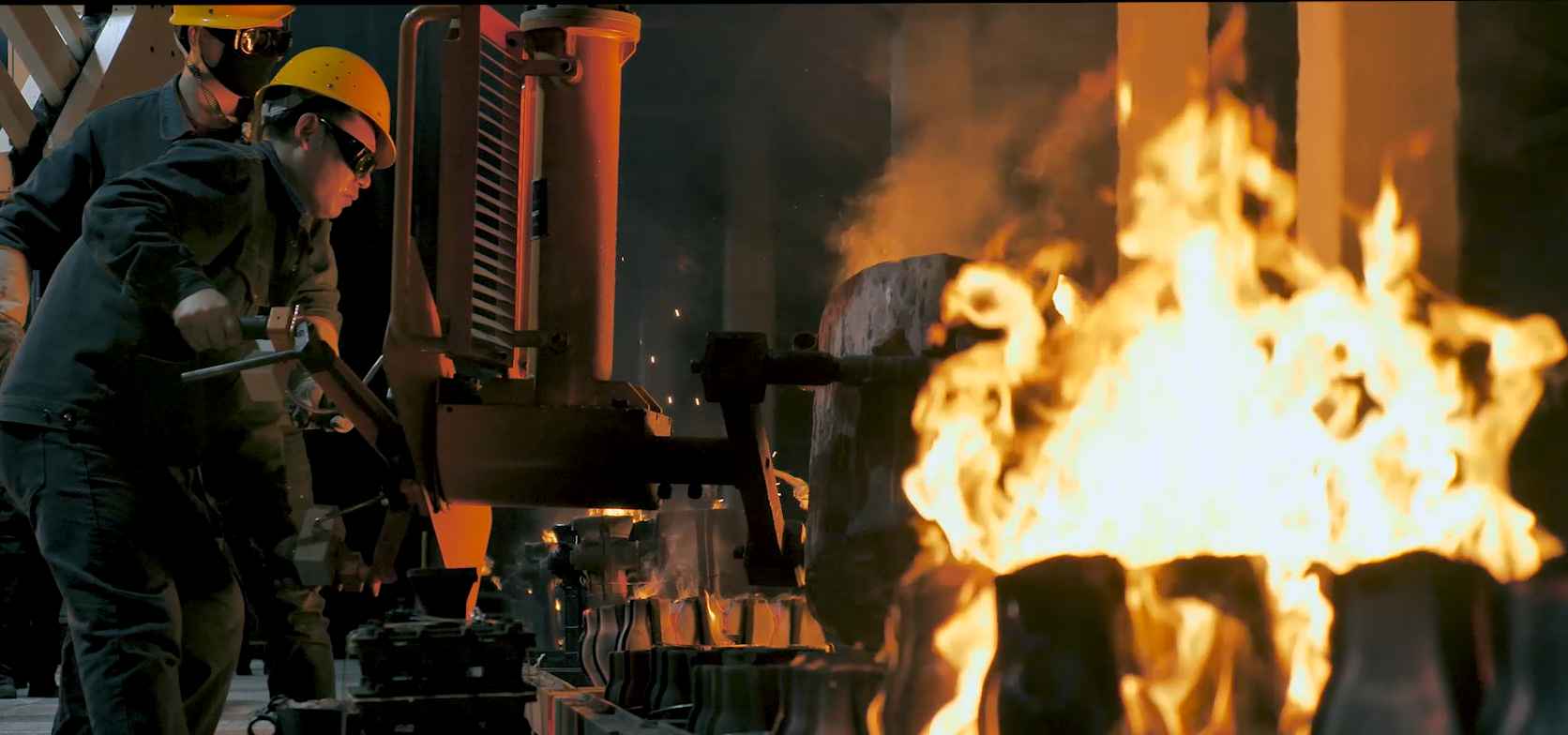With over a decade and a half of experience etching words onto the canvas of technical writing, I now present an in-depth exploration into the extraordinary world of ball valves. This article will traverse the labyrinth of their advantages, features, and intricacies, offering insights that will illuminate the depths of this versatile component.
Unveiling the Advantages of Ball Valves:
Their popularity stems from an array of inherent advantages that set them apart from their counterparts.
Durable Sentinels:
Ball valves are crafted from robust materials like stainless steel and brass, rendering them impervious to the corrosive embrace of harsh chemicals and the relentless passage of time. This durability ensures an extended service life, standing as a testament to their resilience.
Precise Control:
With their meticulously engineered ball-shaped closure element, ball valves offer unparalleled precision in regulating fluid flow. The spherical design minimizes pressure drop and enhances flow efficiency, making them ideal for applications demanding precise control.
Low Maintenance:
Unlike more intricate valve designs, ball valves require minimal maintenance, reducing downtime and operational costs. Their simple construction allows for quick and easy repairs, keeping them ever-ready for service.
Flow Directionality:
Ball valves excel at ensuring unidirectional flow, preventing backflow and maintaining pressure integrity. This feature is crucial in applications where contamination or backpressure must be meticulously controlled.
Featuring the Key Features of Ball Valves:
The intricate tapestry of ball valves is woven with a host of advanced features that enhance their functionality.
Full Bore Design:
The full bore design eliminates obstructions in the valve body, ensuring unrestricted fluid flow and minimizing pressure loss. This feature is particularly advantageous in large-scale fluid handling systems.
Floating Ball:
The floating ball design allows the ball to move freely within the valve body, effortlessly conforming to upstream and downstream pressures. This dynamic adaptation ensures a leak-proof seal, even under fluctuating conditions.
Blow-Out Proof Stem:
The blow-out proof stem prevents the catastrophic ejection of the stem from the valve body under high-pressure scenarios. This safety feature provides peace of mind and mitigates potential hazards.
Fire-Safe Design:
Fire-safe ball valves are engineered to withstand extreme temperatures and maintain their integrity in the event of a fire. Their construction incorporates materials that prevent melting and warping, safeguarding systems and personnel.

Unveiling the Professional Knowledge:
Navigating the labyrinth of ball valves requires a deep understanding of their technical intricacies.
Selection Criteria:
Choosing the appropriate ball valve entails careful consideration of factors such as fluid compatibility, pressure rating, temperature range, and flow requirements. A thorough understanding of these parameters guarantees optimal selection.
Installation Techniques:
Proper installation is paramount to ensure leak-free operation. Following manufacturer guidelines and utilizing appropriate tools and techniques is essential for a successful installation.
Maintenance and Troubleshooting:
Regular maintenance, including periodic inspections and lubrication, extends the lifespan of ball valves. Troubleshooting techniques enable prompt identification and resolution of potential issues.
Expert Tips and Experience Sharing:
My years of experience have yielded a treasure trove of insights. Here are a few gems to enhance your understanding and expertise.
Avoiding Common Pitfalls:
Overtightening ball valves is a common pitfall that can damage the valve and compromise its sealing ability. Always follow the manufacturer's torque specifications.
Understanding Flow Patterns:
The orientation of the handle in relation to the fluid flow can influence the flow pattern. Perpendicular alignment minimizes pressure drop, while parallel alignment promotes turbulence.
Leveraging Technological Advancements:
Advances in technology have introduced innovative ball valve designs, such as trunnion-mounted ball valves, which offer enhanced stability and durability for high-pressure applications.
Empowering You with Knowledge: A Q&A Odyssey
Allow me to address some frequently asked questions to further illuminate the intricacies of ball valves.
Q: What is the difference between a ball valve and a gate valve?
A: Ball valves regulate flow using a rotating ball with a bore, while gate valves employ a wedge-shaped gate that slides perpendicular to the fluid flow. Ball valves offer greater precision, lower pressure drop, and a wider range of materials.
Q: How do I determine the size of a ball valve I need?
A: Consider the pipe size, flow rate, and pressure requirements. Refer to sizing charts or consult with a manufacturer's representative for precise guidance.
Q: What is the purpose of a trunnion-mounted ball valve?
A: Trunnion-mounted ball valves provide enhanced support and stability for large-diameter or high-pressure applications. The trunnions prevent bending and misalignment, ensuring reliable operation.
Conclusion:
Ball valves stand as a testament to engineering ingenuity, offering a myriad of advantages and features that make them indispensable in a wide spectrum of industries. Understanding their nuances and leveraging their capabilities enables you to harness their full potential. May this article serve as a guiding light on your journey into the realm of ball valves, empowering you with the knowledge and expertise to navigate their complexities with confidence.
Anhui Tsunny Valve Industry Co., Ltd., a leading Ball Valves manufacturer, operates as a subsidiary of Yuanda Valve Group. With over 4,000 staff and a vast 700,000 sqm facility, we adhere to global standards, delivering top-quality valves at competitive prices. Join us for trusted valve solutions.



